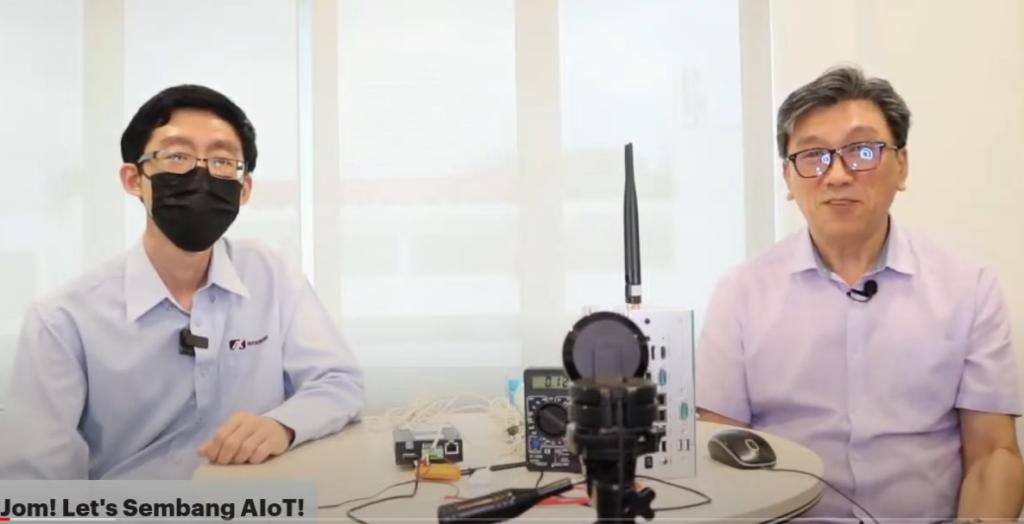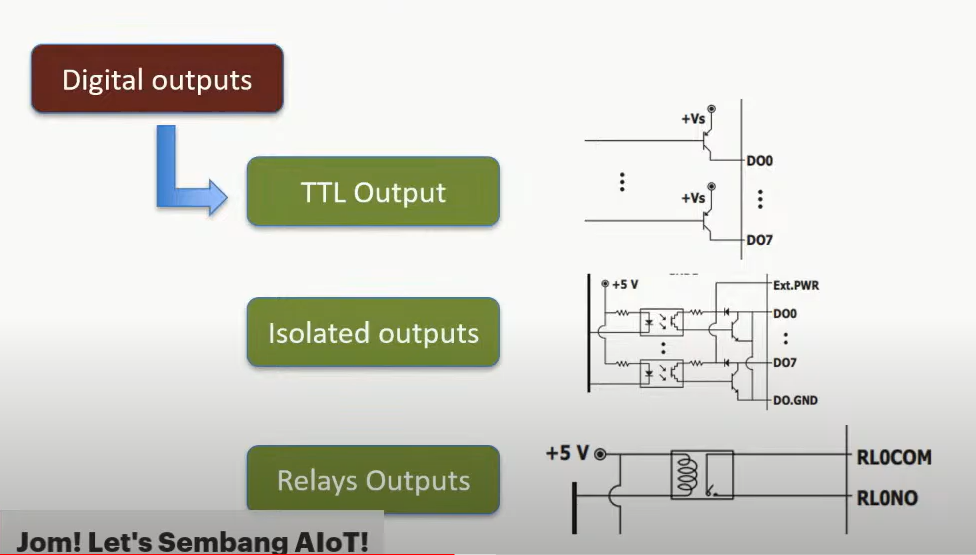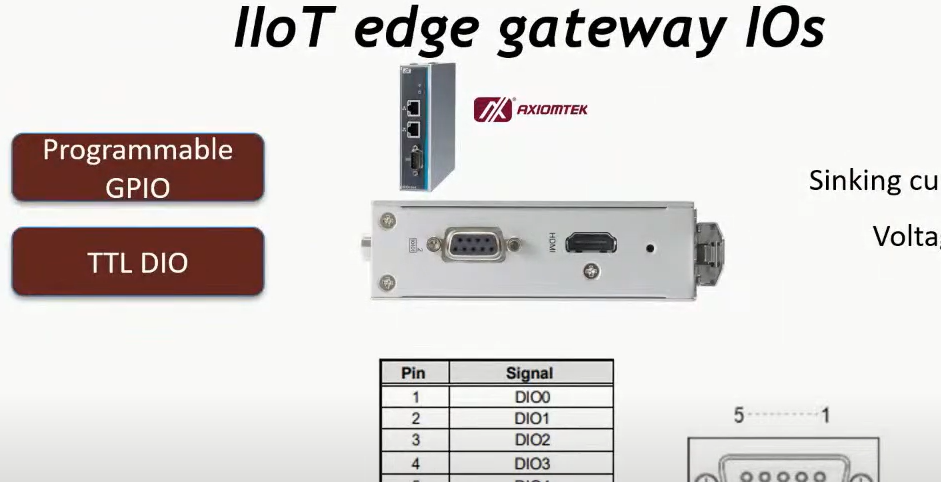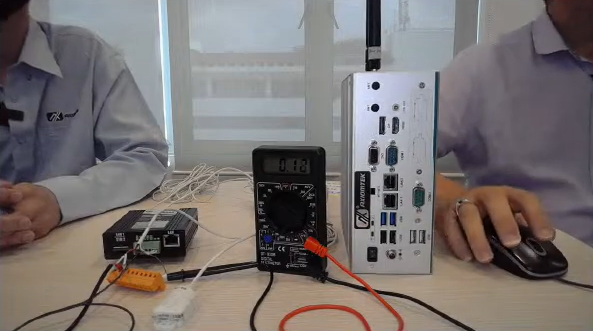JOM! Lets Sembang AIoT episod 29

During the live session of Sembang AIoT 29, we discussed the application of Digital IO in Industrial IoT and presented power-saving solutions for remote data collection using cloud-based 4G routers.
Digital IO systems represent a fundamental requirement in virtually all industrial IoT applications. Whether you need to monitor switch status, equipment status, count occurrences, measure frequencies, or control lighting, Digital Input and Output play a crucial role.
There are two primary categories of Digital Inputs:
TTL Input (0-5VDC):
TTL inputs are typically non-isolated and are suitable for internal detection systems where external interference is not a concern.
Isolated Digital Input (Wider Voltage Input):
Isolated inputs are predominantly used in industrial systems where isolating the connected equipment is essential to ensure resistance to external surges or signal noise.
In an IoT system, Digital Outputs are similar to Digital Inputs but can be categorized into three types:
TTL Output (0-5VDC)
Isolated Output
Relay Output (Isolated Electromechanical Outputs)



Axiomtek IIoT edge gateway provides a 8 GPIO ( General Purpose IO) with TTL DIO where it can be configured to inputs or outputs. The standard is 4 DI and 4 DO. It is good enough for some simple requirement to detect some local alarm or status inputs and also to trigger Siren or indicators for local notification. We have made this gateway to equip with a signal conditional where all the TTL inputs and outputs is converted on a daughter board electronically to provide isolation input that required by the industries and also the Relay output that will be ready to connect to any of the indicators and Siren output.

4G or LTE technology is widely employed in numerous remote data acquisition systems. However, in certain remote areas, a stable power source may not be readily available. In such cases, solar energy paired with batteries often emerges as the most viable solution.
The AEC300 and AEC310 4G IIOT routers come equipped with Cloud capabilities, including MQTT and Web API integration. Among their impressive features is power-saving functionality, allowing them to enter sleep mode with a customizable wake-up interval.
When the module is in sleep mode, it consumes approximately 100-120mA, but upon awakening, the power consumption increases to around 230-300mA. This remarkable feature results in nearly a 50% reduction in power consumption. By implementing this capability, the power requirements are significantly lowered, which, in turn, simplifies the sizing of solar panels and batteries for practical deployment.
You can access the recorded live session via the link below, and please consider subscribing to our channel if you find the information beneficial.
Do watch and subscribe our youtube channel if you you find this relevant.
